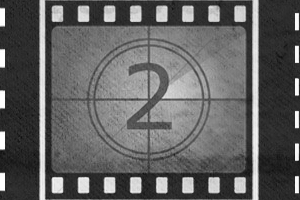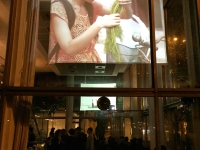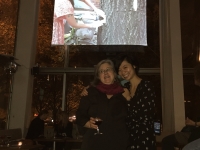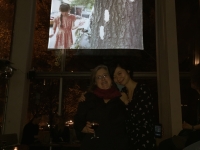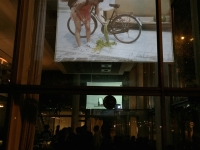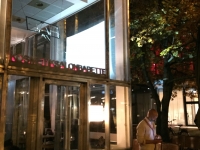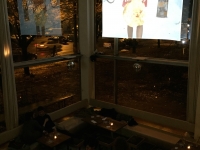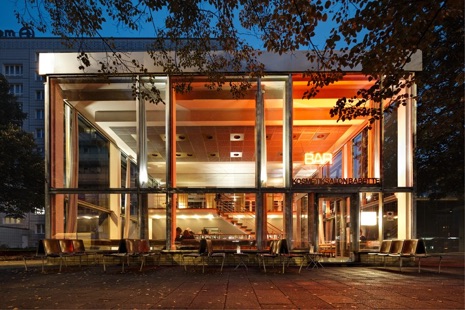
MOMENTUM_InsideOut Together With Bar Babette
Present
The MOMENTUM AiR Exhibition
Linda Carrara, Fang Lu, Gerri Ondrizek
22-23 October 2015 @ 8pm – Late
At Bar Babette
Karl-Marx-Allee 36
MORE ABOUT MOMENTUM Artists-in-Residence >>
Linda Carrara
I’m a Still-Life (2014)
12 min.
The objects represented by Linda Carrara come from everyday life, but are here utilised as primary forms rather than mundane objects. They assemble into a metastructure and reassemble in forever changing compositions while questioning the visible world. This still-life no longer refers to inanimate everyday objects. This is the painting itself that becomes the object; of unknown origin, ageless, and endlessly processable. The painting itself is made into a malleable thing prone to a long questioning gaze. The object of representation has always been a mediator of thought.
I’m a Still-Life is a documented action shot in a single sequence. If it can be defined technically as a video, it has neither beginning nor end, nor duration and it is not unique. Every movement causes a break, generates a new scene and involves the future whose potential is yet infinite. These interactions become the tool of a mental dialogue between the neutral presence of the material object and the evocative potential it inspires.
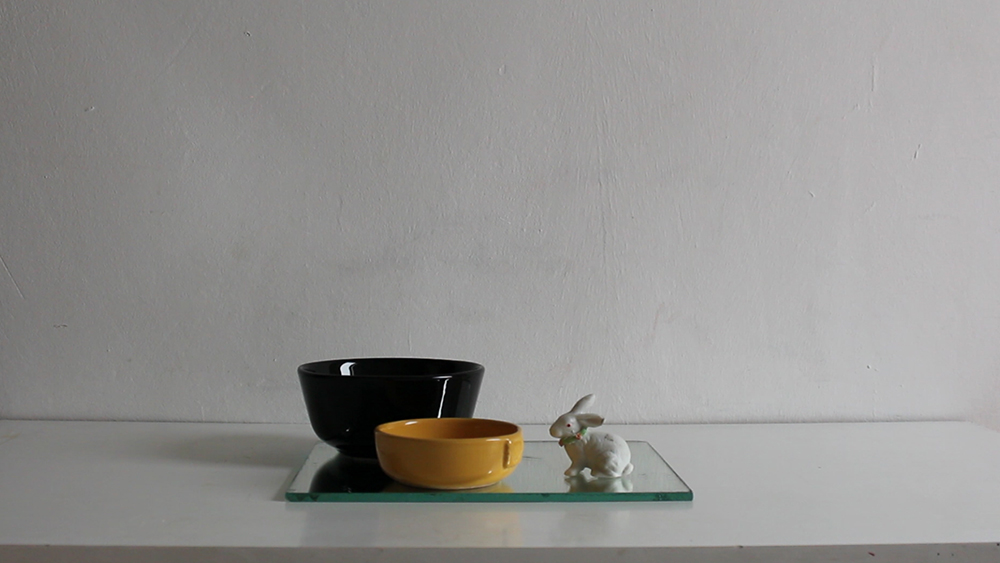

Lovers Are Artists [Part One] (2012)
18 min (originally shown as 4 channel installation on TVs), silent
Casting: Guan Xiao
Camera: Hai Li
Installation Photos: Wang Wei
A stop-motion video composed out of thousands of images shot in the traditional hutongs of Beijing. The images depict a lone female figure going about her daily activities of buying vegetables and eating yoghurt; but before long these mundane tasks turn towards the kooky and nonsensical as the items become immersed in fictional games and scenarios that yield no discernible outcome nor serve any functional purpose. Not unlike the artistic process, these apparently meaningless gestures are founded upon internal imbalances that inform an individual’s perspective on the world and impact their encounters with reality…
[Text by Pauline Yao, Read More on Amorous Acts at Arrow Factory >>]
Gerri Ondrizek
Cellular (2012)
12 min.
Sound made with AMF, atomic force microscope
Cellular is a film of a blast pore, or a multiple cell embryo. More than 200 hours of still images of each embryo were made with Atonics Micro fire digital cameras mounted on Olympus stereomicroscopes and made into a film using Astor IIDC imaging software. My colleague at Reed College, Steve Black, professor of developmental Biology and Zoology., provided me with a lab space to make the films of the blast pore. I worked with his lab assistant Allison Egar to make a film of development which was used for the still images. To make my film, I edited 10 film sections to overlap and repeat the phases of development just before a recognizable body is evident. Each segment represents the different eggs in the process of development. Each is edited prior to full gestation, creating a loop of endless potential.
The film Cellular is overlayed with the recording of The Sound of Cells Dividing.
The Sounds of Cells Dividing
Since 2003, nanotechnology and the AMF (atomic force microscope) pioneered by James Giminski, Professor of Chemistry at UCLA and Andrew Pelling Associate Professor of Biophysics at the University of Ottawa, enables researchers to also touch a cell. Like the blind reading brail or a hand touching the pulse, the needle of the AMF can touch cells which are less than half the diameter of a human hair. This touch can also record the sound the cell emits when dividing or dieing. Through touching and hearing rather than only seeing, an entirely new knowledge base has emerged, one that artists have known, that of multiple sensory knowledge. What we can now listen to within a cell has revolutionized our knowledge of cellular gestation, division and the relationships within the interior architecture of our body.
The sounds one is hearing in the film Cellular is five tracks of healthy to damaged cells diving and dieing. I accessed these recordings from James Gimzewski Professor of Chemistry at UCLA and Andrew Pelling Associate Professor of Biophysics at the University of Ottawa. The recorded cells vibrating at the nanoscale, with amplified vibration (or oscillation) of the cells, bring them into the range of human hearing. This new area of study is called “sonocrology”. The main tool for learning about cell sounds is the atomic force microscope (AFM). Instead of using optics to show an image, the AFM uses a very fine tip to feel a cell in the same way a needle is used to feel the pattern of vibrations pressed into vinyl records. Gimzewski and Pelling have found that cells with cancer or other diseases give off very low and strained frequencies while healthy cells give a more pleasant sound. Sonocytology has proven to be a noninvasive way to detect disease. In 2007, Gimzenwski used nanotechnology to demonstrate that metastatic cancer cells are softer than healthy cells. The study represented one of the first times researchers have been able to take living cells from human cancer patients and use nanotechnology to determine which were cancerous through touch.
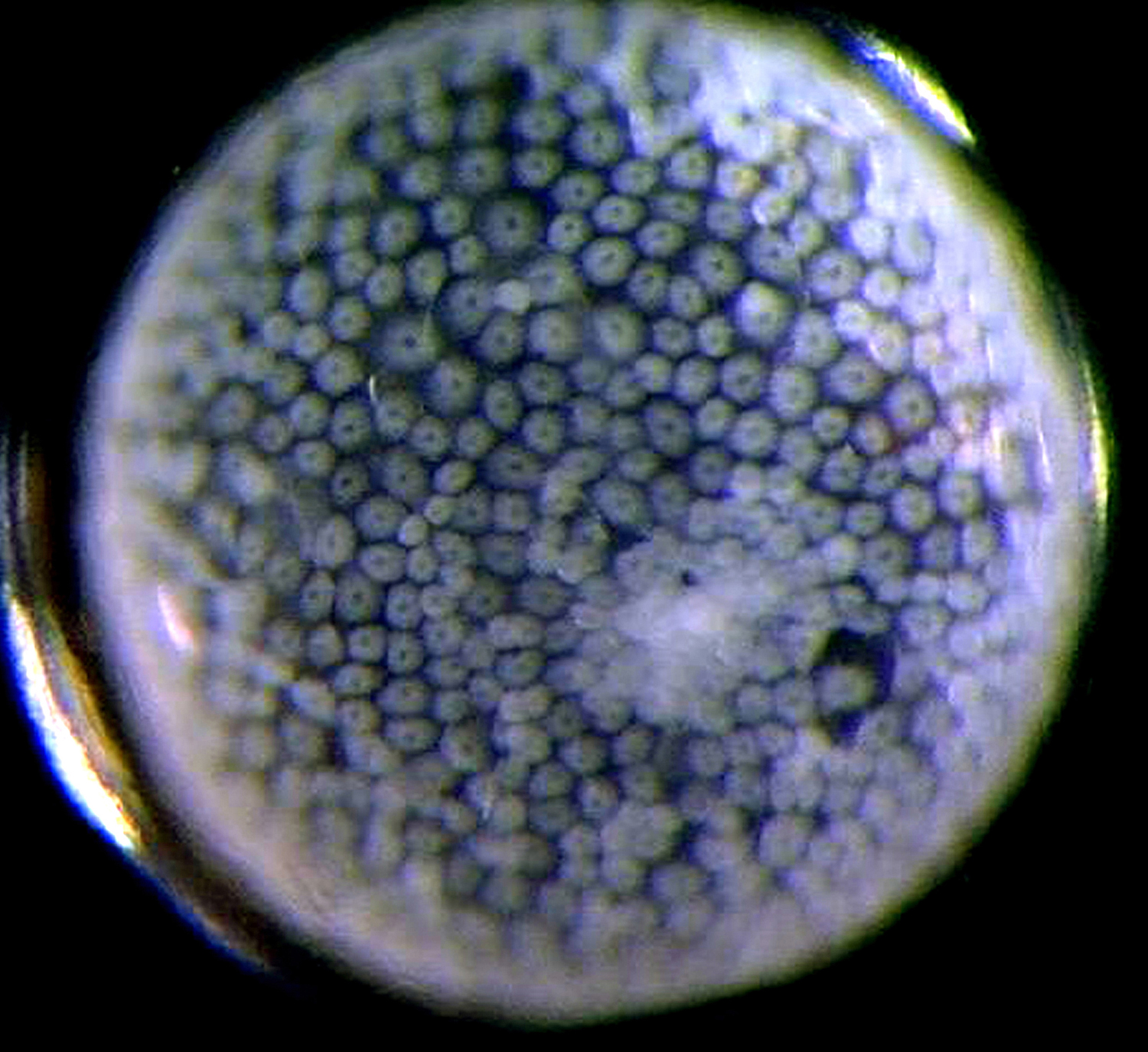
PHOTOS FROM THE EVENT


 Back to Homepage
Back to Homepage

